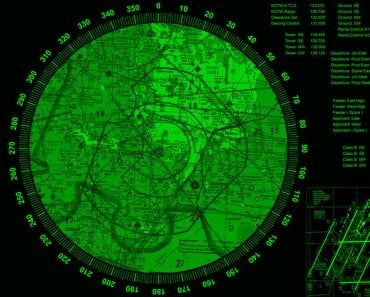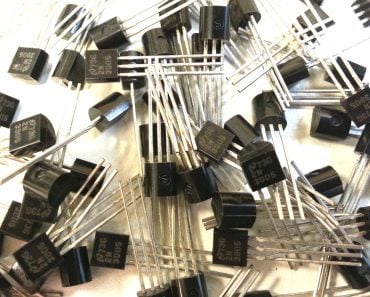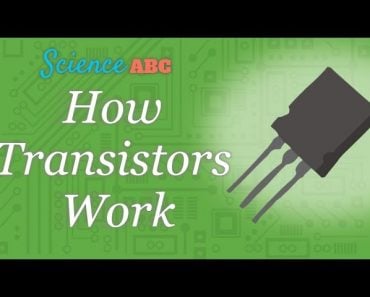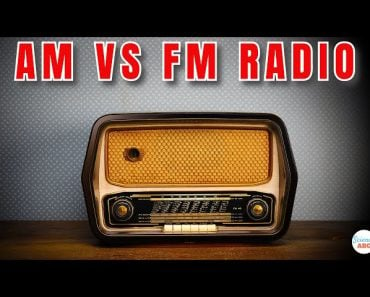Table of Contents (click to expand)
Instead of a keyboard or strings, a theremin has antennae that sense the movements of your hands in the space surrounding its range.
“Blasphemy! That’s what it is!” argued the people of the era when electronic musical instruments were introduced to the world.
“Well, of course, you need to touch an instrument to play it! You can’t expect the instrument to strum the strings on its own or blow its own reed or percuss its own membrane. Anything else would be sorcery! It would be better to get rid of any instrument that plays on its own,” might have been the reaction of audiences when the theremin (also known as an etherphone or a thereminophone) was first introduced to the world—a world still unaware of the many other uses of electronics, besides fueling lightbulbs and radio communications.
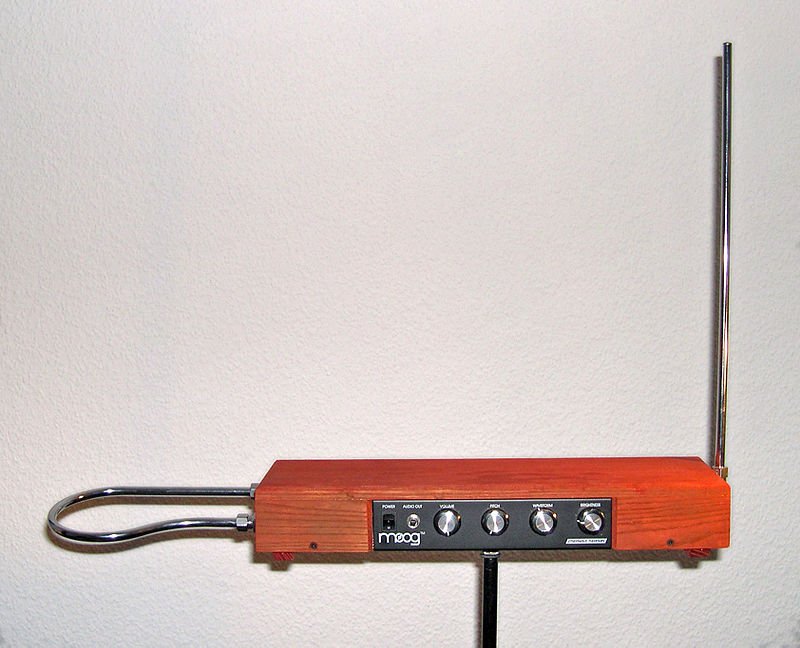
The theremin could have been eliminated, along with its inventor Léon Theremin—a physicist working on proximity sensors to develop land-based sonar devices using electromagnetic fields during the outbreak of Russian Civil War—but instead he chanced upon the idea of using these waves to produce music.
Lucky for him, the Russian leader, Vladimir Lenin, ‘adored’ the invention and made Léon set sail at once, on a world tour, to show off Russia’s newly acquired technology. Soon enough, electronic music found its way all over Europe and the rest of the world, with the theremin at its core.
Recommended Video for you:
How Is A Theremin Played?
Instead of a keyboard, or strings, a theremin has antennae that sense the movements of your hands in the space surrounding it. It’s quite evident from video recordings that you use both of your hands, in a gentle and controlled swaying motion, across the two antennae. These antennae provide control over the pitch and loudness of the sound being produced.
The vertical antenna situated in front of the player and slightly to the right is the pitch antenna. Swaying your hand closer and farther away changes the pitch of the sound, while the loudness antenna, fashioned in a horizontal loop and placed to the left, is influenced by an up-down motion of the palm, as a means to increase and decrease the volume of sound.
Take note, I refer to the production as sound, because creating music requires firm knowledge of consonances, rhythms, and accurate frequencies; for this instrument, a highly meditated movement of fingers and palms along with an exemplary manipulation of the wrists is needed. Of course, you could debate whether the sound being produced is music or noise to your ears, but that is a purely subjective decision.
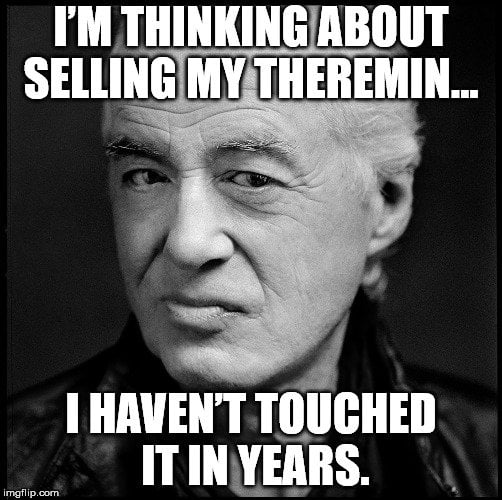
How Does A Theremin Work?
The human body has a specific natural capacitance (the ability to hold an electrical charge), since it contains muscles and fats. Muscles are good retainers of water, so they act as good conductors of electricity, while fats—being bad water retainers—are bad conductors of electricity.
When your hand sways near and around the antennae, your body capacitance tends to influence the electromagnetic waves being produced by the antennae. This disruption in the field provides the variable sounds, which can be synchronized to create the sensation of music.
So, how do the antennae produce electromagnetic waves in the first place?
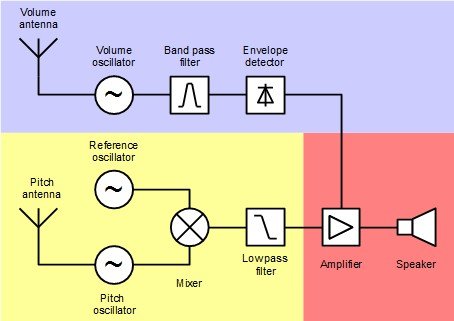
A theremin uses two primary circuits, namely a pitch circuit and a volume circuit. These circuits produce electromagnetic waves. The pitch circuit uses a pair of tuned radio frequency oscillators—a fixed oscillator and a variable oscillator.
The fixed oscillator generates waves at a static frequency within a small range, while the variable oscillator produces a wider range of frequencies connected to the vertical antenna. Through a process called heterodyning, signals from the fixed and variable oscillators are mixed together, the frequency of one oscillator is subtracted from the other, and the difference is amplified out as audible musical tones.

Voila, you have created music! However, how good can music be without variable tones and volume? Volume circuit to the rescue! This second circuit controls the level of the tone generated by the pitch circuit by disrupting the electromagnetic field around the loop antenna, quite similar to a player’s manipulation of the vertical antenna. This raises or lowers the volume of the musical tones generated by the pitch circuit.
You have finally learned how a theremin works, but would you know how to “play” one?
The Learners And The Masters
“Make music with the wave of your hand! Sound like an opera star! So easy, anyone can do it!” With only two antennae to work with, the theremin seems simple to play, but as we’ve learned throughout history…. “Looks can be deceiving.”
In the hands of a master, a theremin will sing with mellifluous precision and the depth of a seasoned mezzo-soprano. Operated by a novice, however, you might beg to Lord invoke his wrath on the perpetrator’s dissonant blats and squawks coming from the insensitive movements of their fingers.
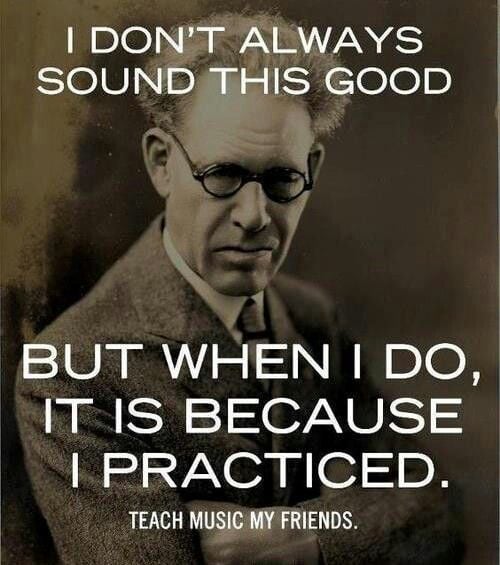
There are many players, but only a few masters. Below are three of the most prominent players in theremin history and provide a glimpse into this instrument’s past.
Clara Rockmore: Regarded as the world’s most celebrated thereminist, who developed a peculiar fingering technique for the theremin that allowed for precise pitch control.
Samuel Hoffman: Showcased his theremin skills on countless television shows and movie soundtracks, including “The Delicate Delinquent”, “The Day the Earth Stood Still” and “It Came From Outer Space”.
Lucie Bigelow Rosen: A student of the inventor himself, Lucie Rosen has carefully analyzed this instrument and saved all her records concerning theremin design and construction.



